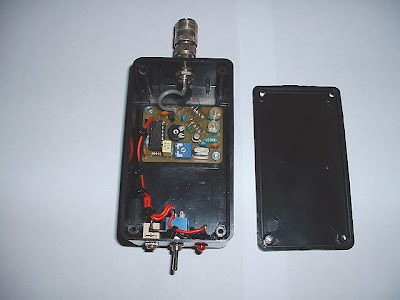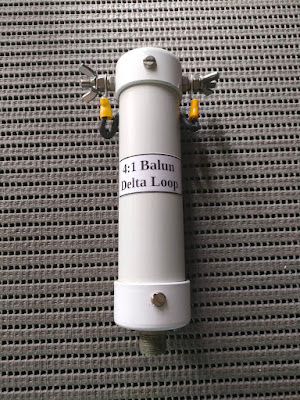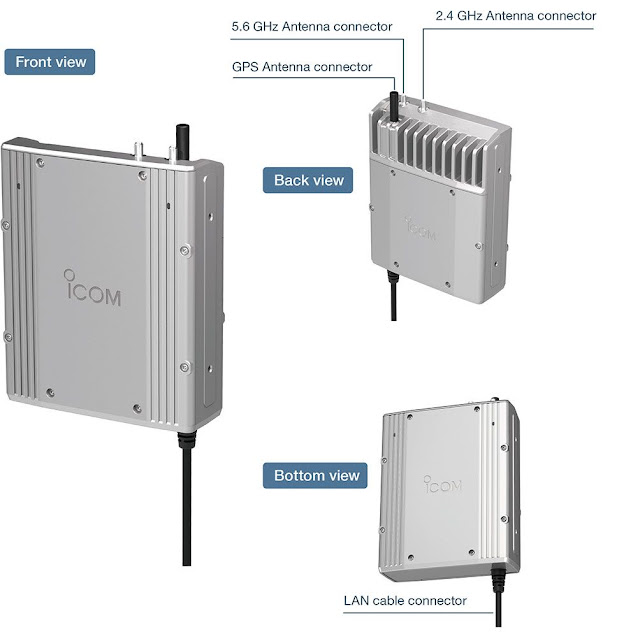For a while now I received the following "complaints" from users of the GRHub Network:
- Very low level audio quality in the George area via the 145.550 Mhz Simplex RF Link. Strong signal but audio is very low.
- Some users of the 145.550 Mhz Simplex Link are over modulating and very "scratchy". So much so that Echolink and AllStar users cannot have and a normal QSO with these stations when they are on the RF Link.
Now this was a real head scratcher as I tried to correct the audio levels for all the systems that I am currently running from Mossel Bay. Remember I run Echolink, AllStar and the RF Link all at the same time. At first I had to ascertain where the problem lies. This is not a plug and play system! I had to work systematically through all the systems to ensure that each one is working as it should and that the audio level is set correctly for each VOIP system and the RF Link. I did quite a lot of reading on setting the audio levels for different functions. Yes, remember I also had to ensure that all the telemetry, announcement and DTMF audio levels are set correctly.
This afternoon (29 April 2022) I overheard Michael ZS1MMB (George) and ZS6?? and ZS6IW talking. Michael was using the 145.550 Mhz RF Link into Echolink and AllStar. Both ZS6 stations indicated that Michael was over-modulating so much so that Michael had to revert to Echolink on his cellphone. This problem had to be solved methodically. I started on the VOIP (Internet) side of things. Echolink was first in the line-up. But there were no stations to test with. Well I used the Echo-Test Server, the Enrico TM8 and a handheld 2m radio. I then moved to AllStar using the UK AllStar Parrot Node and did the same tests using the same equipment. I also listened "cross linked" to the audio via VOIP. The audio was clear and no over modulating occurred. Now it was the time to test the 145.550 Mhz RF Link. I use an old Motorola Radius Radio. I had it on the test bench a few weeks ago to test the radio which included the FM deviation frequency and all the other test settings, to many to mention here. After a clean bill of health for the radio the only thing left to test and setup was the simple-usb-tune menu in Asterisk. Two settings of interest that I will be looking into was the Set RX Voice Level, using the audio display and Set Transmit A Level.
I first tested the Set Transmit A Level setting it to the lowest setting. I could immediately notice a difference on the RF Link. The audio level were very low. I played around with the settings until I was finally satisfied with the transmit level. This should solve the low level audio in the George and other areas with a far louder audio level. Now was the turn for the Set RX Voice Level using the audio display. Now how do I accomplish this if their is no stations to test with. Again the parrot functions solved this. I set this level to 5 the lowest I can go. I immediately noticed a difference in the audio quality, no clipping or over modulation on my side. The proof will be in the pudding once those stations that experienced over modulation uses the RF Link again. I am quite confident that this settings solved the issues. In the event that it did not I have one other trick up my sleeve but more on that if these settings did not correct the current issues. I learned quite a lot this past week and today. It is not as simple as just setting up a radio, switch it on and there you go. No all these systems must work in "harmony" to give you the prefect performance and audio. I would like to encourage stations to use the 145.550 Mhz RF Link in the Mossel Bay area to test the new settings. Hopefully the over modulating and soft audio issues are now solved. Please let me know if you still experience issues.
























































